
HOMEASE

Introduction
Mobile application created for improving communication and experiences with roomates or shared living situations
Team
Team of 4
Timeline
3 months : September 2023 - December 2023
Skills
Research, surveys, interviews, user personas, contextual inquiry, competitive analysis, affinity diagrams, information architecture, wireframing, prototyping, user testing.
Tools
Qualtrics, LateX, Zoom, Figma, Figjam, Miro board, photoshop.
Identifying the problem
To identify and pinpoint the problem, we took the base of the research paper to formulate points and issues faced by people who have roomates.
Pain Points
Communication: Misunderstandings due to scattered communication could lead to uncomfortable living situations and conflict.
Accountability: Task management is a limitation that leads to unclear responsibility division.
Lifestyle: Differences in lifestyles and routines leads to issues in shared living.
Inspiration
This project was inspired by a research paper I wrote with my team called "Before the lease and after the keys" which focuses on the regrets that students have after moving in with their decided roommates after moving for college in a different country.
The research question
What causes university students to regret their housing decision?
The conclusion
Through finding the answer for this research question, we
concluded that there were many reasons for regrets faced by roommates which stemmed from lack of communication.
Problem Statement
Roommates often encounter disorganization, misunderstandings, and conflicts when managing shared living spaces and responsibilities. Coordinating tasks, tracking bills, and maintaining a harmonious household can be challenging. There is a need for a comprehensive solution that simplifies these aspects of communal living, enhancing the overall roommate experience.
Design process
Discover
1. Contextual Inquiry
2. Affinity Mapping
Define
1. Competitive Analysis
2. User Personas
Ideate
1. Information Architecture
2. Low-Fidelity Design
Design
1. Visual Identity
2. High-Fidelity Design
Testing
1. User Testing
2. Feedback Evaluation
3. Iterations
Discover
The first step in the discovery phase was contextual inquiry. From our findings in our research paper, our goal was to discover our users, user needs, user objectives, and gaps in current solutions.
Research objectives
Our research objectives focussed on user behaviours, user expectations, user problems, solutions that work, solutions that do not work etc.
To find these answers we decided to conduct user interviews with university students.
We creates an interview guide and an interview questionnaire for a semi structured interview process to tap into our research objectives.
Selecting Participants
Our participants are individuals sharing living spaces who want a convenient and organized way to manage household tasks, expenses, and shared responsibilities.
The participants we chose for the interviews were 8 university students living in Rochester, New York. Each team member interviewed 2 participants.
Our participants were of 3 types :
1. Unhappy participants
2. Neutral or moderately happy participants
3. Happy participants
Interviews
Our goal for these interviews was to observe and collect data regarding their experiences in a shared living space. To analyse this data accurately, we recorded our interviews with participant consent and kept them anonymous. This helped with transcription and coding later on.
Interview Questionnaire
The questionnaire was divided into 3 parts.
1. Pre-moving in
-
Did you have any criteria while looking for flatmates? List them.
-
Can you share your expectations of your roommates from your initial interactions?
-
Did they live up to your expectations? Explain.
2. Post-moving in
-
Can you share your initial impressions or expectations when you first started living with your roommate(s).
-
What are some positive aspects of your relationship with your roommate(s)?
-
Have there been any challenges or conflicts in your relationship, and if so, how have you managed or resolved them?
-
Do you feel these conflicts could have been avoided? If yes, how?
3. Closing questions
-
On a scale from 1 to 10, how satisfied are you with your current living arrangement and relationship with your roommate(s)?
-
If you had a chance to change your roommate(s), would you?
-
If yes, what would be different about this roommate?
Affinity Mapping
From the interviews, we conducted an analysis using affinity mapping and came up with 6 major themes that explain how communication happens in a household.
Moods
Difference in moods throughout the day causes clashes.
Rule Book
Undecided house rules leads to conflict.
Apps Used
Multiple apps leads to omverwhelming information.
Conversation
Multiple modes and preferences of conversations leads to different dynamics.
Responsibilities
Conflicts due to unclear task allocation.
Personalities
Different lifestyles and personalities leads to friction.
Define
In the define phase, we created 2 personas for our users and created parameters and features for our solution.
Competitive Analysis
To narrow down the features to incorporate in our app, we conducted a competitive analysis with other household tracking apps to strategize what elements can be recreated or reimagined.

Tody
Task Management application

Our Groceries
Grocery list tracker

Cozi
Scheduling and task management
.png)
Splitwise
Expenses tracking
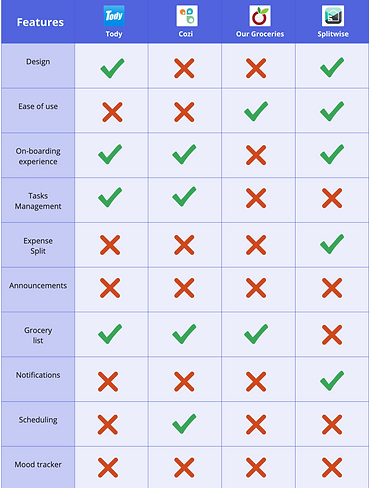
User Personas
Our goal for these interviews was to observe and collect data regarding their experiences in a shared living space. To analyse this data accurately, we recorded our interviews with participant consent and kept them anonymous. This helped with transcription and coding later on.
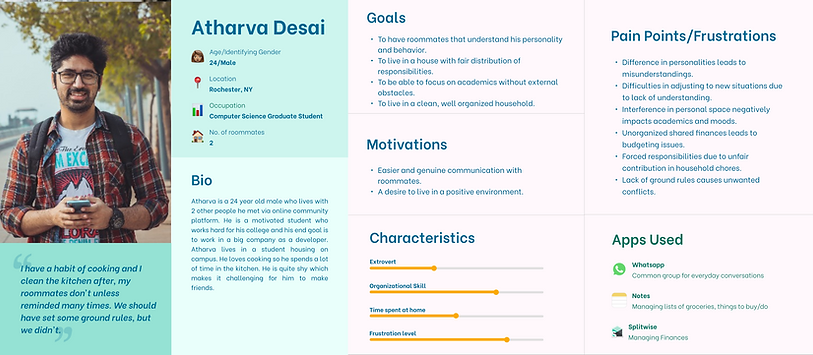
Key Takeaway
Atharva has frustrations due to being overwhelmed by responsibilities not being fulfilled by housemates.
Key Takeaway
Divya doesnt have consistent communication between her housemates.
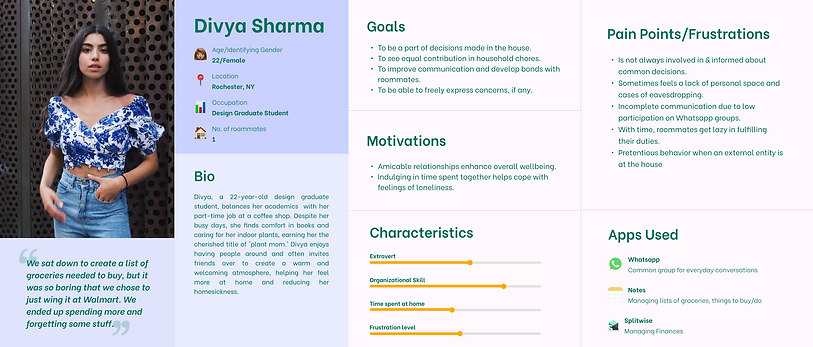
Here are some things our participants mentioned during the interviews.
“I have a habit of cooking as I clean the kitchen after, my roommates don’t unless reminded many times”
“She wanted to host a party and I had a submissison that night”
“He does his gaming all night and it affects my sleep time”
“Nobody wants to open an app that is asking them to pay people”
Ideate
After deciding on the features and elements, we created the information architecture for the app flow.
Features
Task Coordination
Assign and scheduling of tasks with clear description, deadlines and priority levels.
Expense Management
Splitting or having a track of bills, records of shared expenses, can help the users keep a track of their finances in a comprehensive way and just related to the household expenses.
Grocery Management
Shared grocery lists will help the users to plan, shop and manage the groceries in an efficient manner.
Messaging and Announcements
Chat feature and announcements allow priority information to be shared with all roomates of the household.
Calendar Integration
Due dates of bills, tasks, schedules, shopping etc integrated within calendar will be a useful feature for the users.
Notification Center
A central hub for alerts, messages, and announcements keeps roommates informed about important updates within the household.
Information Architecture
Paper Sketches and Brainstorming
Lo-fidelity Wireframes
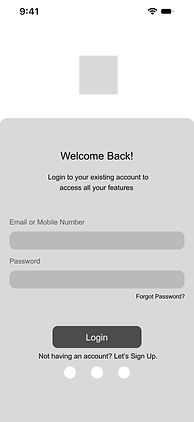
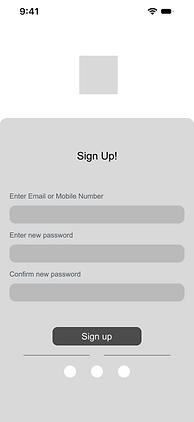
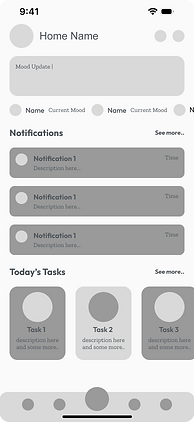
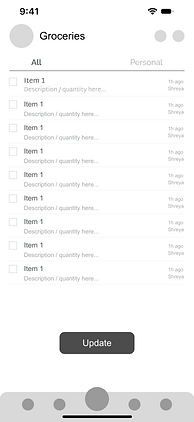
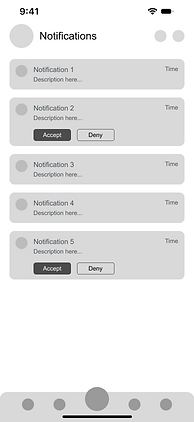
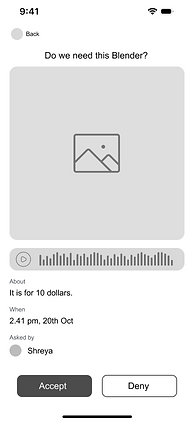
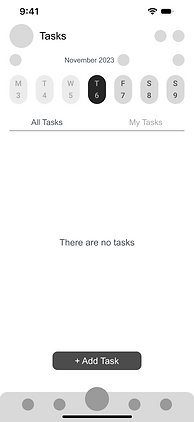
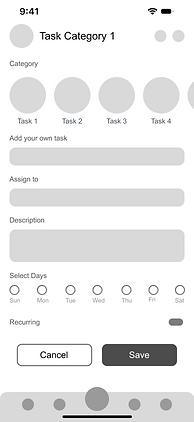
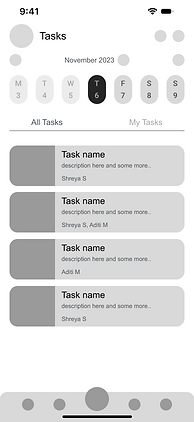

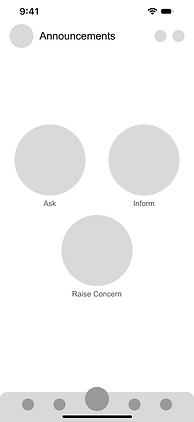
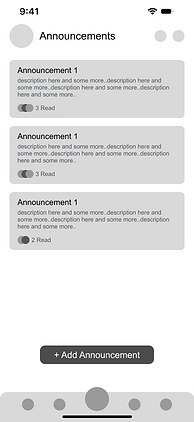
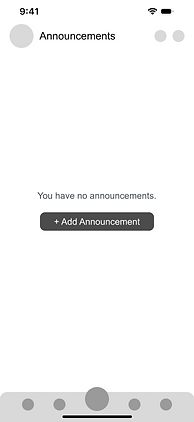
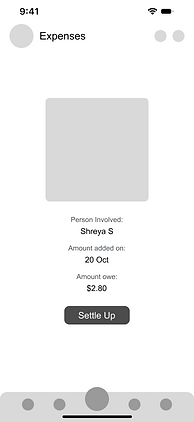

Design
Visual Identity
Logo
We designed our logo to portay a feeling of togetherness in a home.
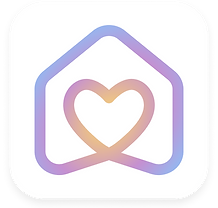
Color Pallete
Our color theme was chosen to symbolize warmth, comfort and playfulness.

Typography
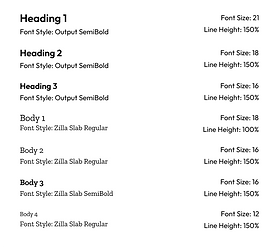
Hi-fidelity Design

Testing
User Testing
This UT would be conducted to analyze how our design flows how new users interact with it and if they understand its intended use. After creating the feature list, we turned them into scenarios and based on the actions we can perform for each feature, we created tasks. Below is the script that we followed for each UT. We conducted 4 UTs, one by each member.
Feedback Evaluation
Post the UTs, we had updated an excel sheet with the success rates and feedback from the user.
We had asked them to rate each task from 1- 5, 1 being hard and 5 being easy.
"Scenario 1 : Task 1" had a score of 3.5 only., "Scenario 6" had a score of 4 and "Scenario 9" had a score of 4.75.
The rest of the tasks were very successful with a total 5/5 score from all our participants.
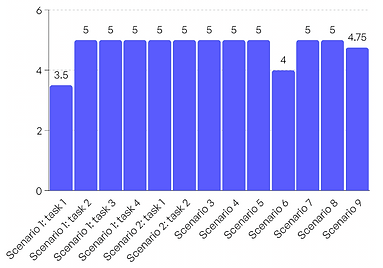
Learning and conclusion
The major learning outcomes of this project were compromising on decisions with teammates, balancing our design with functionality and conducting interviews to maintain anonymity to ensure participant's private sensitive information to be kept confidential.
To conclude, the future steps for this project would be to make changes according to user testing feedback and reconduct user testing with more users to ensure usability and then eventually develop it.
My other projects
.png)











